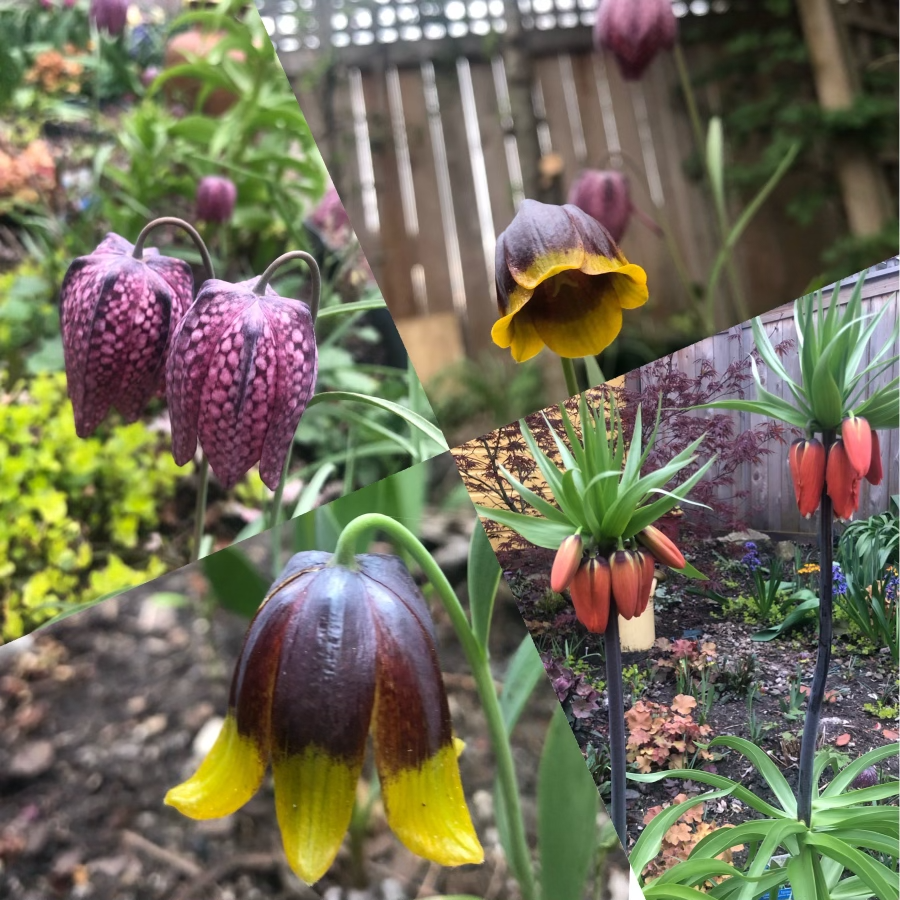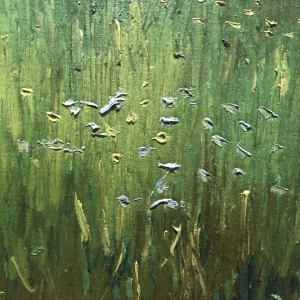I like lists. I particularly like lists that organize abstractions, lists that name categories of kinds of objects or ideas. Put another way: I find typologies not only helpful but also pleasant and, ultimately, reassuring. Something about that way of ordering knowledge provides my 21st century (thus, frantic) mind with a bit of calm, of Zen, even if typologies are just a construct and even if my mind enjoys that list-induced zenitude for only a few seconds, the time needed to take in a set of solid, i.e. logical, time-honored headers. Nominative, vocative, accusative, genitive, dative, ablative. (Ahh…)
I intended this blog to be about… well, I’m not quite sure yet… It’s still tbd, but language and gardening and art and the color green were the impetus behind the project. Also: my hope to exist here as an amateur, a dilettante. I want to claim and embrace the freedom that comes with dilettantism. I shall thus improvise and share in writing ideas having to do with those issues that occupy my mind, occupy it not entirely and not professionally. One such topic I’ll call “writing about gardening”. I enjoy books as well as articles and essays (not to mention podcasts! There. Are. So. Many!) created by either gardeners who write well or by writers who garden well or, at least, diligently. It’s a very wide field, overflowing with passion and even brilliance. In and of itself, trying to understand why so many gardeners need to write about what they do and why just as many writers garden and find in dirt nourishment for their writing is a very deserving topic. Many have treated it. Maybe I will, too, one day. In the meantime, I recommend Alice Vincent’s Why Women Grow podcast for a taste of all that.
I was recently reading — during the same sitting — Jamaica Kincaid’s “My Garden (Book)” as well as Dan Pearson’s “Natural Selection. A Year in the Garden”. This blog of mine obviously occupied some part of my mind because I started comparing the two books qua texts instead of reading each of them in search of information and inspiration for the new season. That’s when the idea of a list poked its little head, as it often does, offering itself as an answer or a path forward as I asked myself the following questions: What if there existed a new way, a different way, to write about gardening or horticulture? What if it were still possible to be original if not in content (every gardener-writer will eventually mention bulbs or hellebores or basil or dahlias or slugs!) but in style? In tone? (A more sober part of my mind whispered that it was surely impossible in 2024 to write originally about horticulture and, if at all conceivable, not something to be achieved by me. It reminded me that I have many qualities — as a human and as a writer — but that I am not particularly original.) In any event, this new way could or would only come about if and when the “old way” is defined and clarified. And how better to achieve such clarity then by making a list of all the tropes common to texts (of a certain literary quality) about gardening! More specifically, I asked myself, what rhetorical devices and figures of speech do all such texts employ? (Not an answer to the previous question but here’s something already: If they appear in English, these texts will use the epithet “glorious” at some point, and I can’t stand that otherwise ok word anymore! I’ve seen it too many dozen times attached to flowers, to trees and to the color of the sky.)
A beginning: apart from telling stories about eccentric old ladies or long dead green-thumbed friends or grandfathers who once upon a time shared a cutting or a few seeds with a younger version of the writer-gardener, all of them resort to good old personifications. Dan Pearson, for instance, dreams of a tree he will plant in his garden-to-be and imagines it nodding respectfully to its cousin on the hill (p. 35). I liked what this image conjured when I read it. Not everyone is as skilled as Pearson.
The weather was glorious (ha!) in Chicago this past weekend, but I felt it was too much sun too soon for a new kind of fritillaria I am growing, Fritillaria imperialis “rubra maxima”. So I grabbed a stick, planted it next to one of my almost flowering but now tilting under its own weight top-heavy fritillaria and gently attached its thick stem to the stake. Well, that was a mistake. What the plant needed was simply water. Today, it can stand without support but its stem is slightly (and forever?) crooked because of how I forced it to grow and adapt during a couple of days. Its neighbor (sister?), the one I left in peace because it did not seem to require staking — and because I had only one stick on hand — stands perfectly straight. It would be easy to personify or to metaphorize my fritillaria, to turn it and our interaction into a bit of a life lesson: “Wait before making assumptions about the needs of others; sometimes, well-intentioned gestures hurt rather than improve a situation.” I won’t do that. I’ll simply state that, if you have never seen a Fritillaria meleagris, you will not believe such a flower exists for real! It’s got checkered petals! Seriously! I have several dozens growing in the backyard right now. I’m still not used to the sight of them even though it’s their third season here. Another type of fritillaria — and new to me this year — is my favorite of the moment. It’s less impressive but, should a person be after sophistication rather than flash, I’d recommend Fritillaria michailovskyi. Yes, I grow three of the 120 or so species that make that fabulous genus. And that’s another thing we gardeners who write, we writers who garden do: we share seasonal lists of what’s growing, however short a list, and we give advice. If we blog, we also post photos:

© Caroline Guindon, 2024



